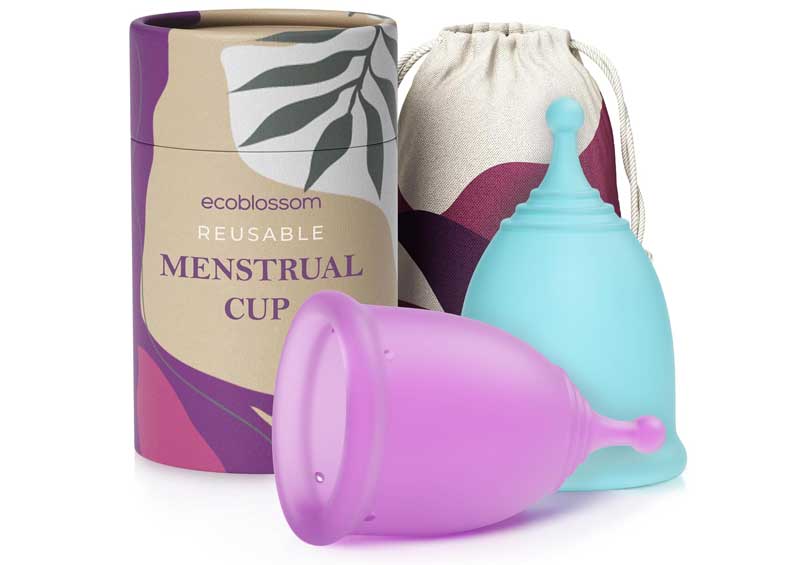Silicone Menstrual Cups: Are They Safe?
Silicone menstrual cups are becoming increasingly popular as a sustainable alternative to traditional menstrual products. For bulk buyers, understanding the safety and effectiveness of these products is crucial to making informed purchasing decisions. Medical-grade silicone, the primary material used in menstrual cups, is generally safe. It is hypoallergenic, non-toxic, and biocompatible, making it suitable for internal use. When manufactured and used correctly, silicone menstrual cups pose minimal health risks, offering a reliable and eco-friendly option for menstrual management.

What Are the Side Effects of Silicone Menstrual Cups?
While silicone menstrual cups are safe, there are a few potential side effects to be aware of. Some users may experience irritation or discomfort, usually due to improper insertion or a cup that does not fit well. Rarely, there can be an allergic reaction to the silicone, but this is uncommon given the hypoallergenic nature of medical-grade silicone. Maintaining proper hygiene is critical to prevent infections, which can occur if the cup is not cleaned thoroughly between uses.
How Does a Silicone Menstrual Cup Work?
A silicone menstrual cup works by being inserted into the vagina, where it creates a seal against the vaginal walls to collect menstrual fluid. Unlike tampons or pads, the cup does not absorb the fluid but rather collects it until it is emptied and cleaned. This process can be repeated throughout the menstrual cycle. The key to its effectiveness lies in correct insertion and removal, which can be mastered with practice.
What Are the Disadvantages of Menstrual Cups?
Despite their many advantages, menstrual cups are not without disadvantages. Initial discomfort during insertion is common, especially for new users. Some users may also find the process of cleaning the cup inconvenient, particularly in public restrooms. Additionally, there is a learning curve associated with correctly inserting and removing the cup to avoid leakage.
How to Use a Silicone Menstrual Cup?
Using a silicone menstrual cup involves a few simple steps. First, fold the cup and insert it into the vagina. Once inside, it will open and form a seal. To remove the cup, pinch the base to break the seal and gently pull it out. After emptying the contents, rinse the cup with water and reinsert. It’s important to sanitize the cup at the end of each cycle by boiling it for a few minutes.
Best Silicone Menstrual Cups for Bulk Buyers
For bulk buyers, choosing the best silicone menstrual cups involves considering factors such as material quality, size options, and packaging. High-quality, medical-grade silicone is essential to ensure the safety and durability of the product. Additionally, offering a range of sizes can cater to different customer needs, enhancing your product's appeal in the market.
Silicone Menstrual Cup Reviews: What Buyers Should Know
When selecting a silicone menstrual cup brand to purchase in bulk, it’s important to consider customer reviews. Reviews can provide insights into the product's comfort, effectiveness, and durability. Look for brands with consistently positive feedback, particularly those praised for quality and user-friendliness.
Why Menstrual Cups Are Bad: Debunking Myths
Some myths suggest that menstrual cups are unsafe or inconvenient. However, these concerns are often based on misconceptions. For example, fears about the safety of silicone are generally unfounded, as medical-grade silicone is widely used in various medical applications. The learning curve associated with menstrual cups can be addressed through proper education and guidance.
Summary
In conclusion, silicone menstrual cups are a safe and effective option for menstrual management, especially for bulk buyers. Understanding their benefits and potential drawbacks can help you make informed purchasing decisions. With the right product and proper usage, silicone menstrual cups can offer a sustainable and reliable solution for customers.